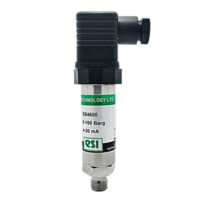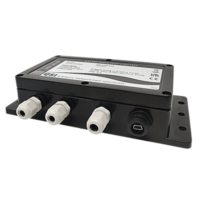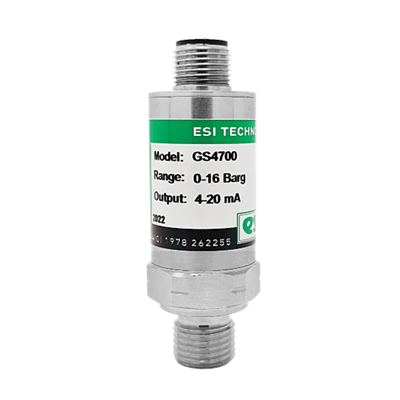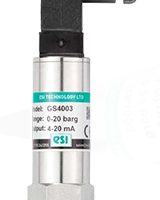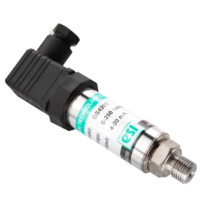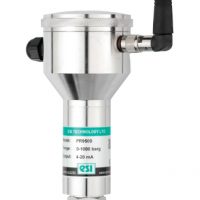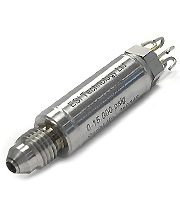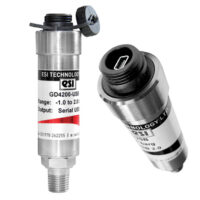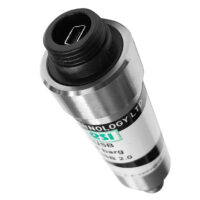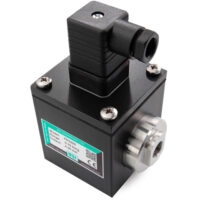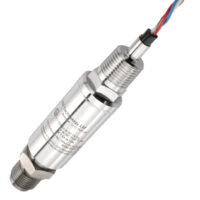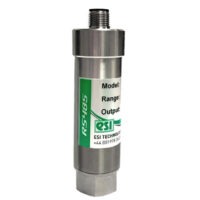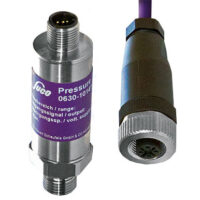Description
Description | Data Sheet | Related Products
- Accuracy rating ≤ ±0.25 % of span BFSL
- Piezoresistive silicon sensor technology for high performance
- Suitable for fluids and gases compatible with stainless steel
- Absolute or Gauge pressure ranges
- RoHS compliance
Difference between absolute pressure and gauge pressure:
Absolute pressure is a pressure that is relative to the zero pressure in the empty, air-free space of the universe. This reference pressure is the ideal or absolute vacuum. It is denoted with the subscript “abs”: Pabs.
The gauge pressure is defined as the difference between an absolute pressure (Pabs) and the prevailing atmospheric pressure (Pamb). It is denoted with the subscript “e”: Pe and is calculated as follows: Pe = Pabs – Pa
Applications:
- Industrial processes and machine engineering
- Measurement of liquid and gas pressure
- Pneumatic systems
- OEM solutions

